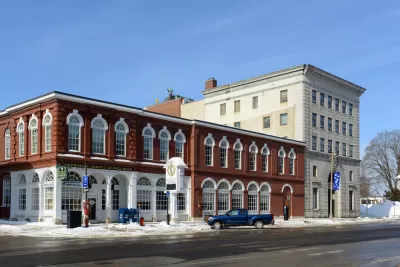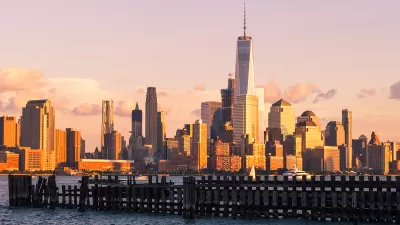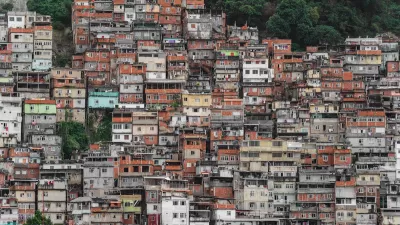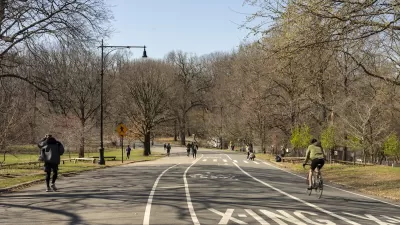Architects are uniquely positioned to reduce global warming, argues the CEO of Urban Green Council—but first they need to rethink their role.

Urban Green Council, a New York City-based nonprofit, seeks to make cities more sustainable by improving their building stock. Since it was founded in 2002, the organization has played an important part in the development of ambitious government policies in its hometown. One of these, Local Law 97, broke new ground in climate legislation earlier this year by setting carbon emissions caps for buildings over 25,000 square feet.
In an interview with The Architectural League of New York, Urban Green CEO John Mandyck says that architects have a critical role to play in reducing building emissions, but that to realize this potential, they need to shift from designing new buildings to retrofitting existing structures, as well as educating owners about the benefits of green design—and the risks associated with inaction.
"I think the market completely overlooks the fact that New York has $3 trillion of insured coastal properties. That’s twice the GDP of Canada," he said. "From a value preservation standpoint, we have a lot at stake in the existing built environment that is completely at risk to climate change. Architects can help building owners understand the economic benefits of a low-carbon building in a way that others may not be able to do."
FULL STORY: To combat climate change, focus on existing buildings

Study: Maui’s Plan to Convert Vacation Rentals to Long-Term Housing Could Cause Nearly $1 Billion Economic Loss
The plan would reduce visitor accommodation by 25,% resulting in 1,900 jobs lost.

Alabama: Trump Terminates Settlements for Black Communities Harmed By Raw Sewage
Trump deemed the landmark civil rights agreement “illegal DEI and environmental justice policy.”

North Texas Transit Leaders Tout Benefits of TOD for Growing Region
At a summit focused on transit-oriented development, policymakers discussed how North Texas’ expanded light rail system can serve as a tool for economic growth.

San Diego County Sees a Rise in Urban Coyotes
San Diego County experiences a rise in urban coyotes, as sightings become prevalent throughout its urban neighbourhoods and surrounding areas.

Los Angeles County Invests in Wildfire Recovery for Parks, Trails, and Open Space
The $4.25 million RESTORE Program supports the recovery of parks, trails, and open spaces damaged by the January 2025 wildfires through targeted grants that promote community healing, wildfire resilience, and equitable access to nature.

Nevada Bills Aim to Establish Home Insurance Assurance Amidst Wildfire Risk
Republican sponsor hopes the FAIR plan would be “a true market of last resort.”
Urban Design for Planners 1: Software Tools
This six-course series explores essential urban design concepts using open source software and equips planners with the tools they need to participate fully in the urban design process.
Planning for Universal Design
Learn the tools for implementing Universal Design in planning regulations.
Alamo Area Metropolitan Planning Organization
City of Santa Clarita
Institute for Housing and Urban Development Studies (IHS)
City of Grandview
Harvard GSD Executive Education
Toledo-Lucas County Plan Commissions
Salt Lake City
NYU Wagner Graduate School of Public Service





























